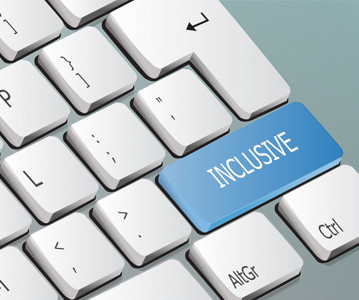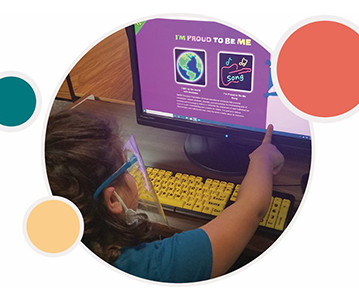Using Inclusive Technology to Break Barriers and Empower Learners
edWeb.net
AUGUST 4, 2023
CITES advances the conventional definitions of accessible and assistive technologies by providing a practical blueprint for districts to create inclusive environments for all members of their population. She advocated forming a robust team of leaders to discern when and how additional tools can assist students’ learning.




















Let's personalize your content